With 232 pages and an expanded 12″ by 12″ format, our biggest print issue yet celebrates the people, places, music, and art of our hometown, including cover features on David Lynch, Nipsey Hussle, Syd, and Phoebe Bridgers’ Saddest Factory Records, plus Brian Wilson, Cuco, Ty Segall, Lord Huron, Remi Wolf, The Doors, the art of RISK, Taz, Estevan Oriol, Kii Arens, and Edward Colver, and so much more.
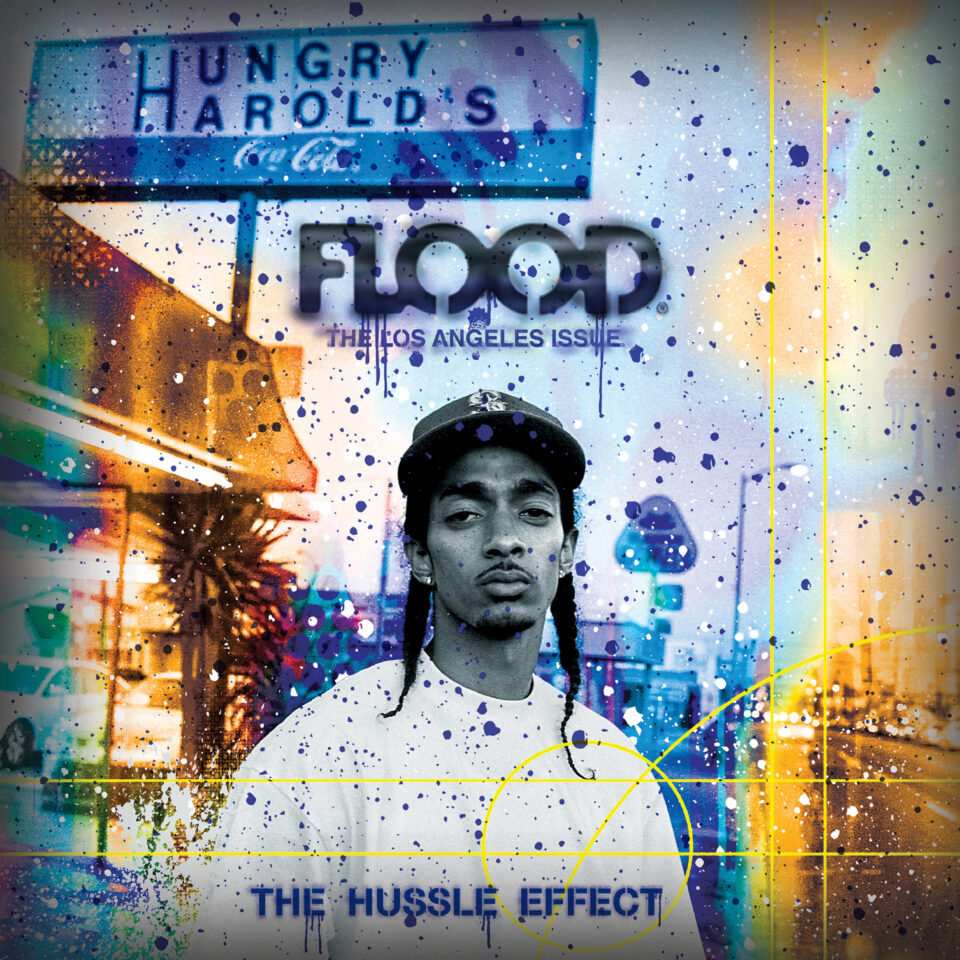
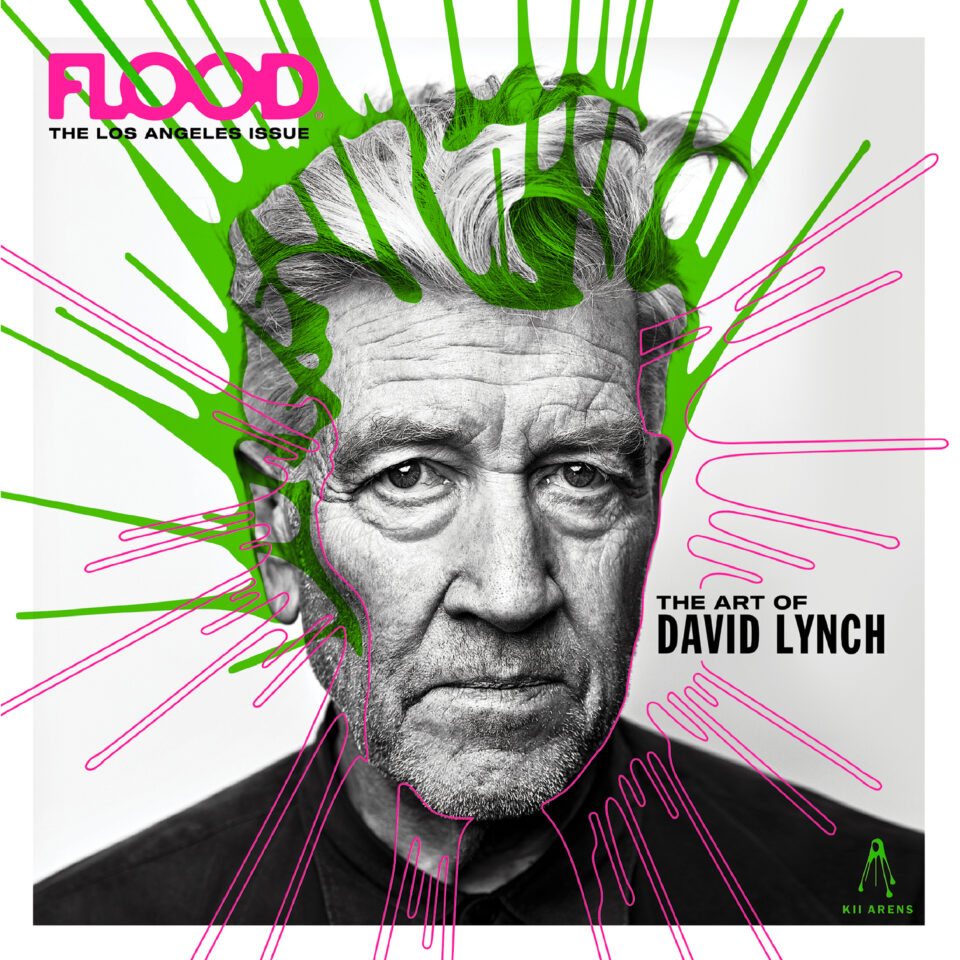
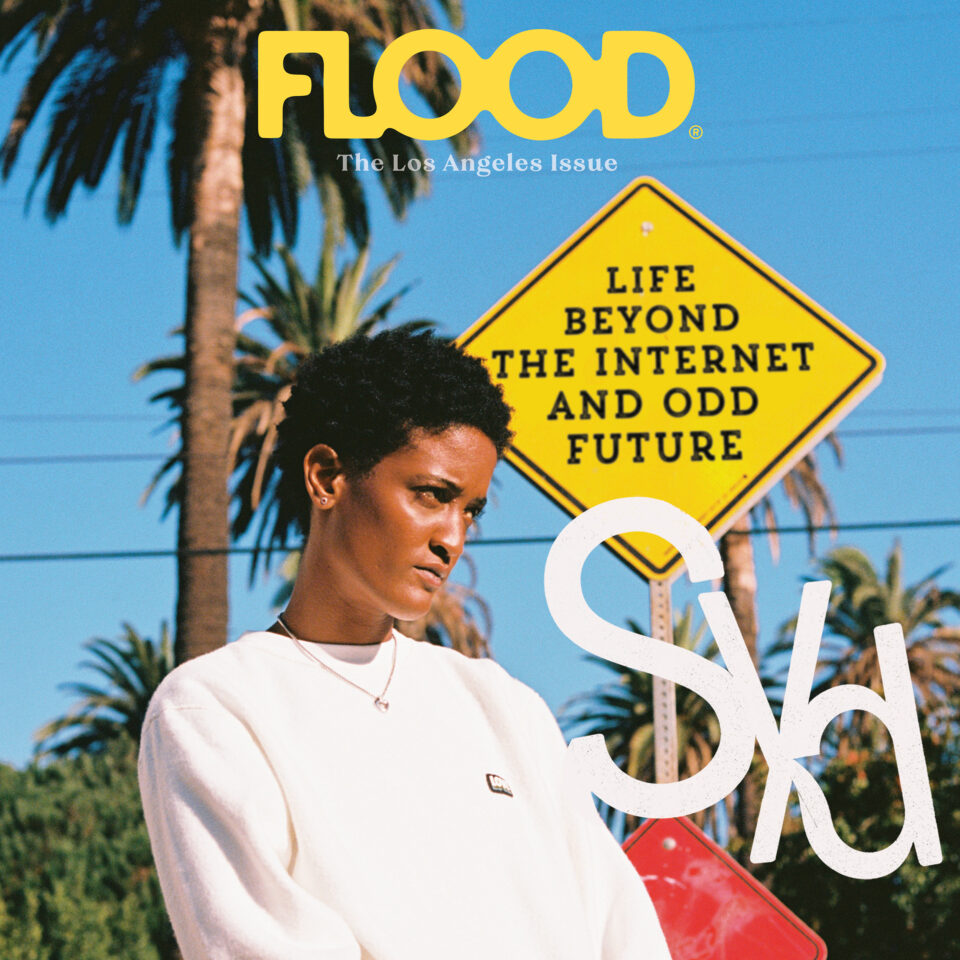
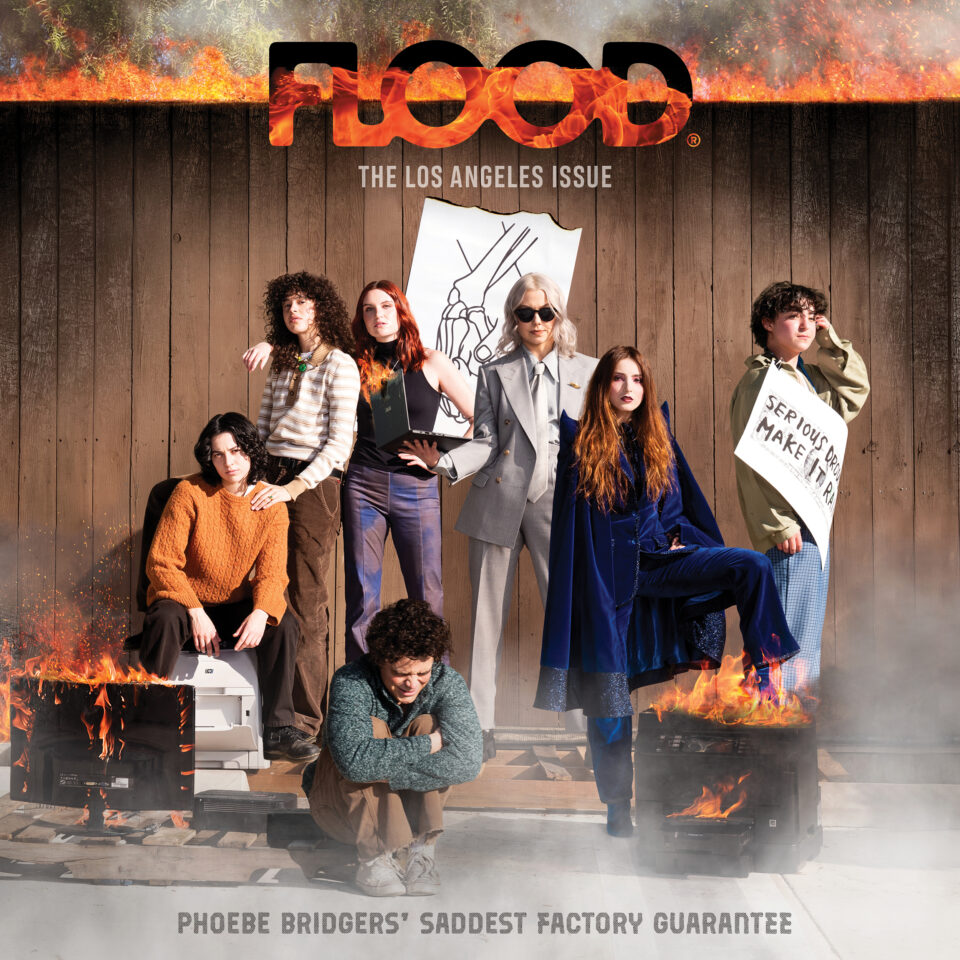
Photo by Michael Muller. Image design by Gene Bresler at Catch Light Digital. Cobver design by Jerome Curchod.
Phoebe Bridgers makeup: Jenna Nelson (using Smashbox Cosmetics)
Phoebe Bridgers hair: Lauren Palmer-Smith
MUNA hair/makeup: Caitlin Wronski
The Los Angeles Issue
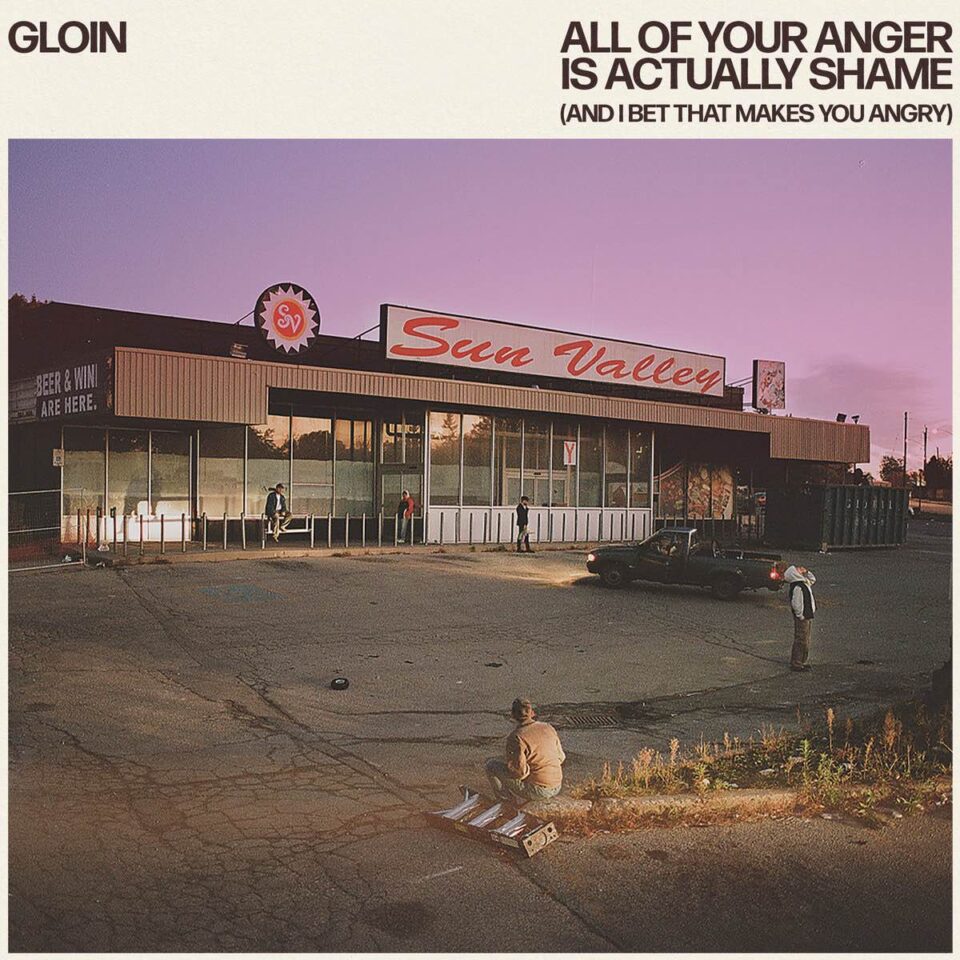
Gloin, All of your anger is actually shame (and I bet that makes you angry)
On their second album, the Toronto band taps into the fury of their post-punk forebears with a polished set of psychological insights that feel angry in all the right ways.
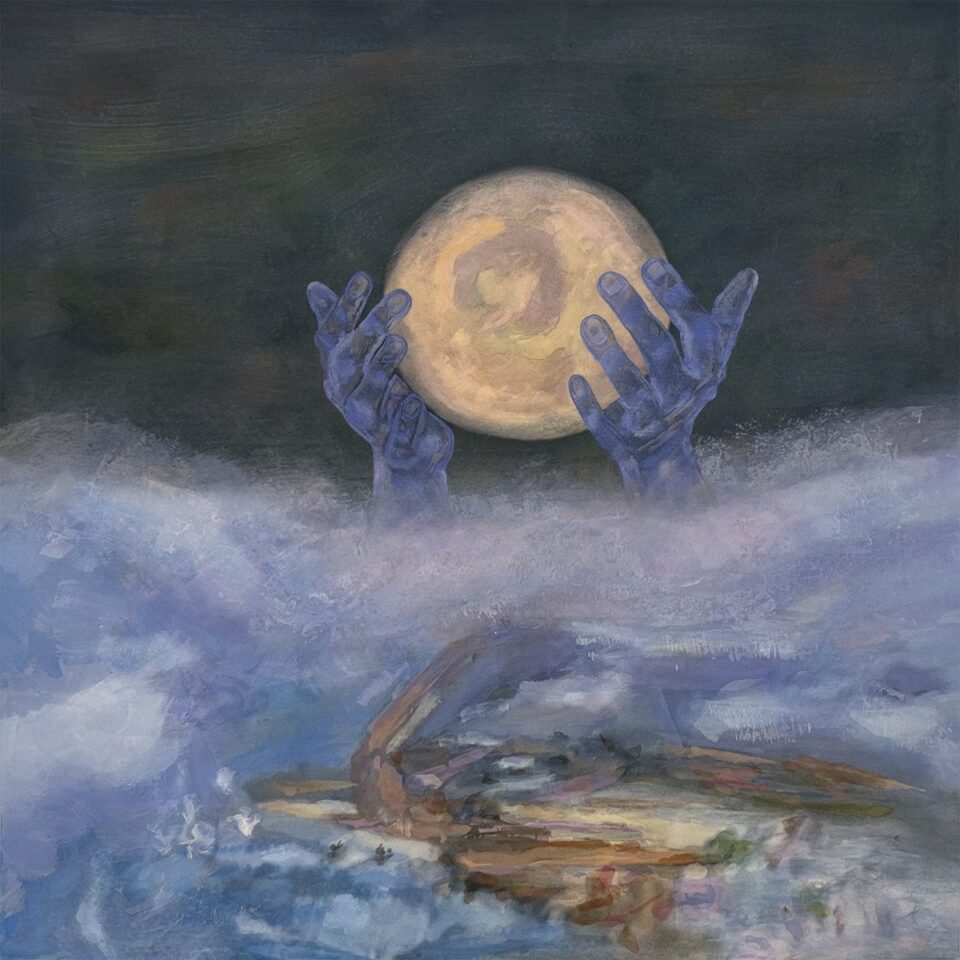
Great Grandpa, Patience, Moonbeam
An experiment in more collaborative songwriting, the band’s highly ambitious first album in over five years truly shines when all of its layered ideas are given proper room to breathe.
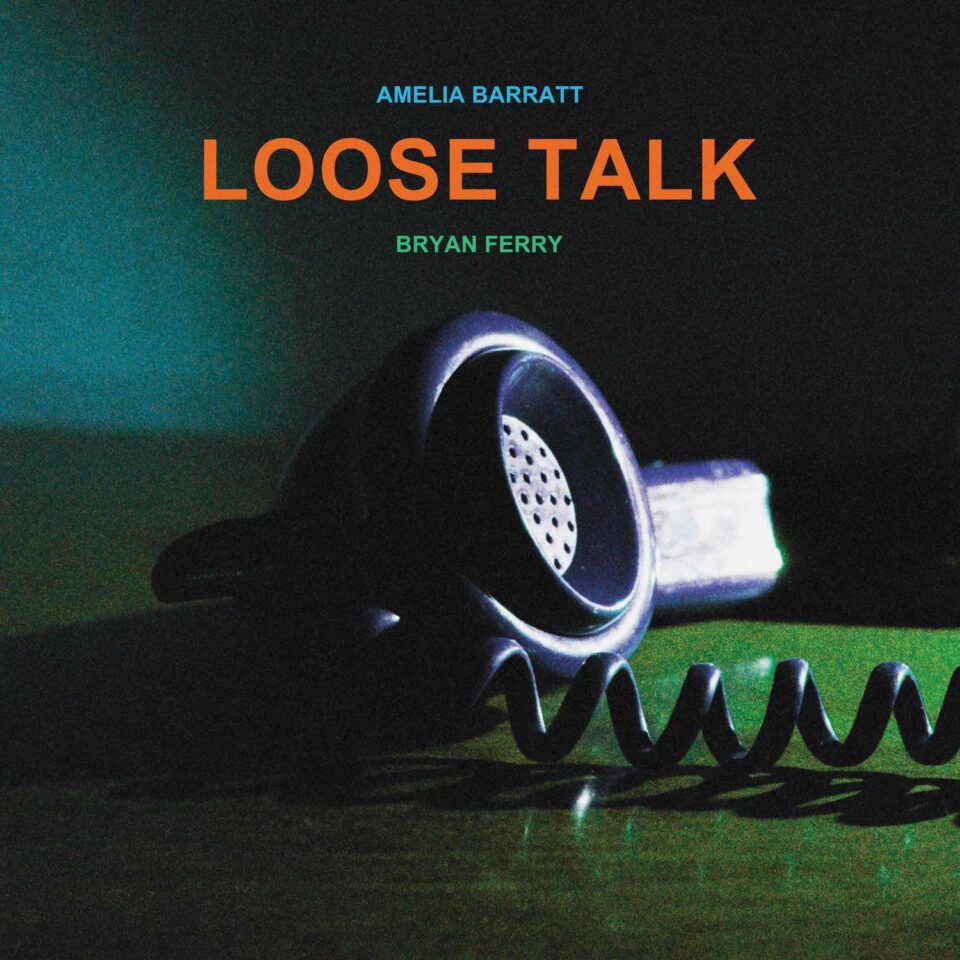
Bryan Ferry & Amelia Barratt, Loose Talk
This ghostly collaborative album with spoken-word artist Barratt finds the Roxy Music leader digging his own crates for old demos and warped melodies that went unused until now.
Sean Fennell
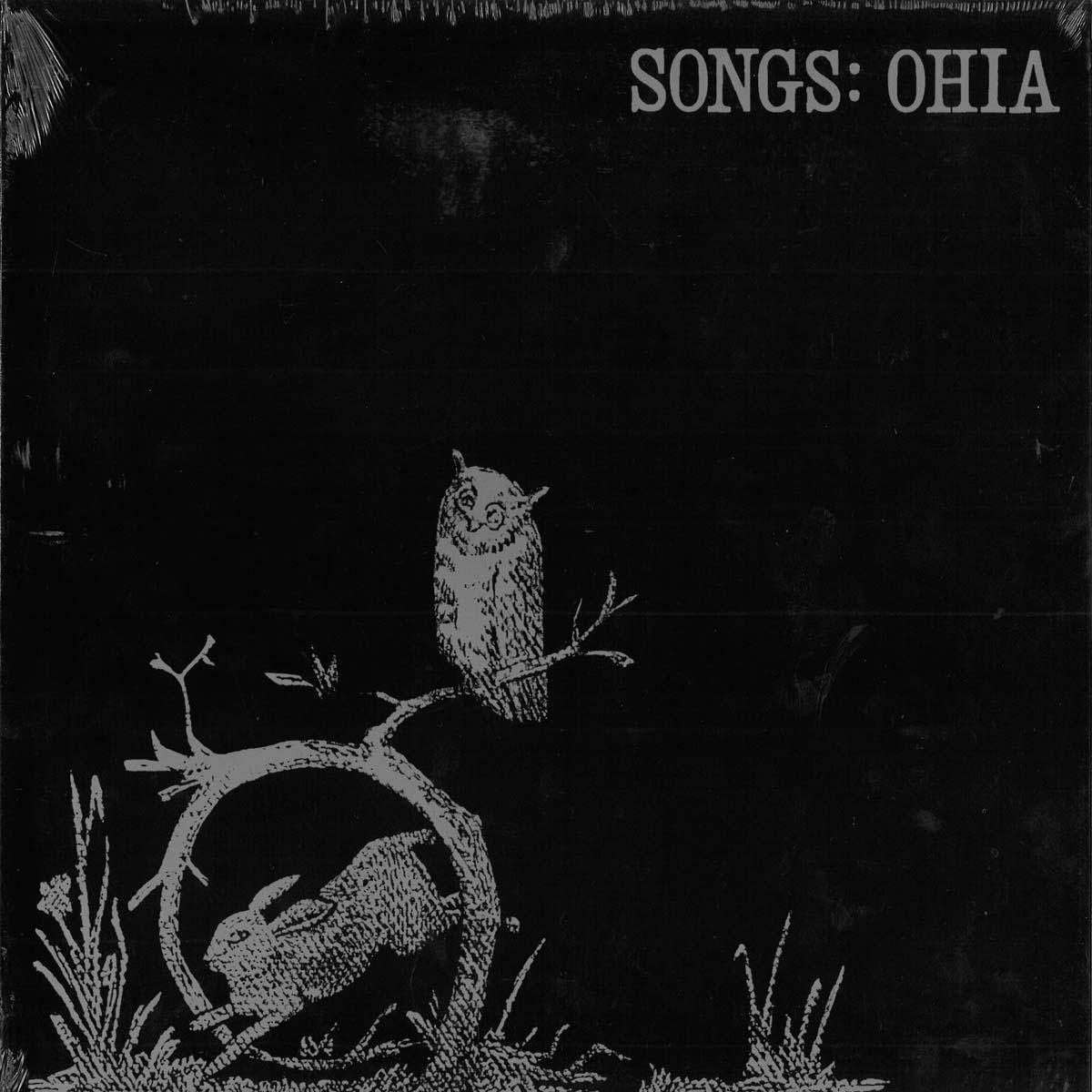
This is Jason Molina at his most uncut and unadorned, less an album than a found-audio recording.
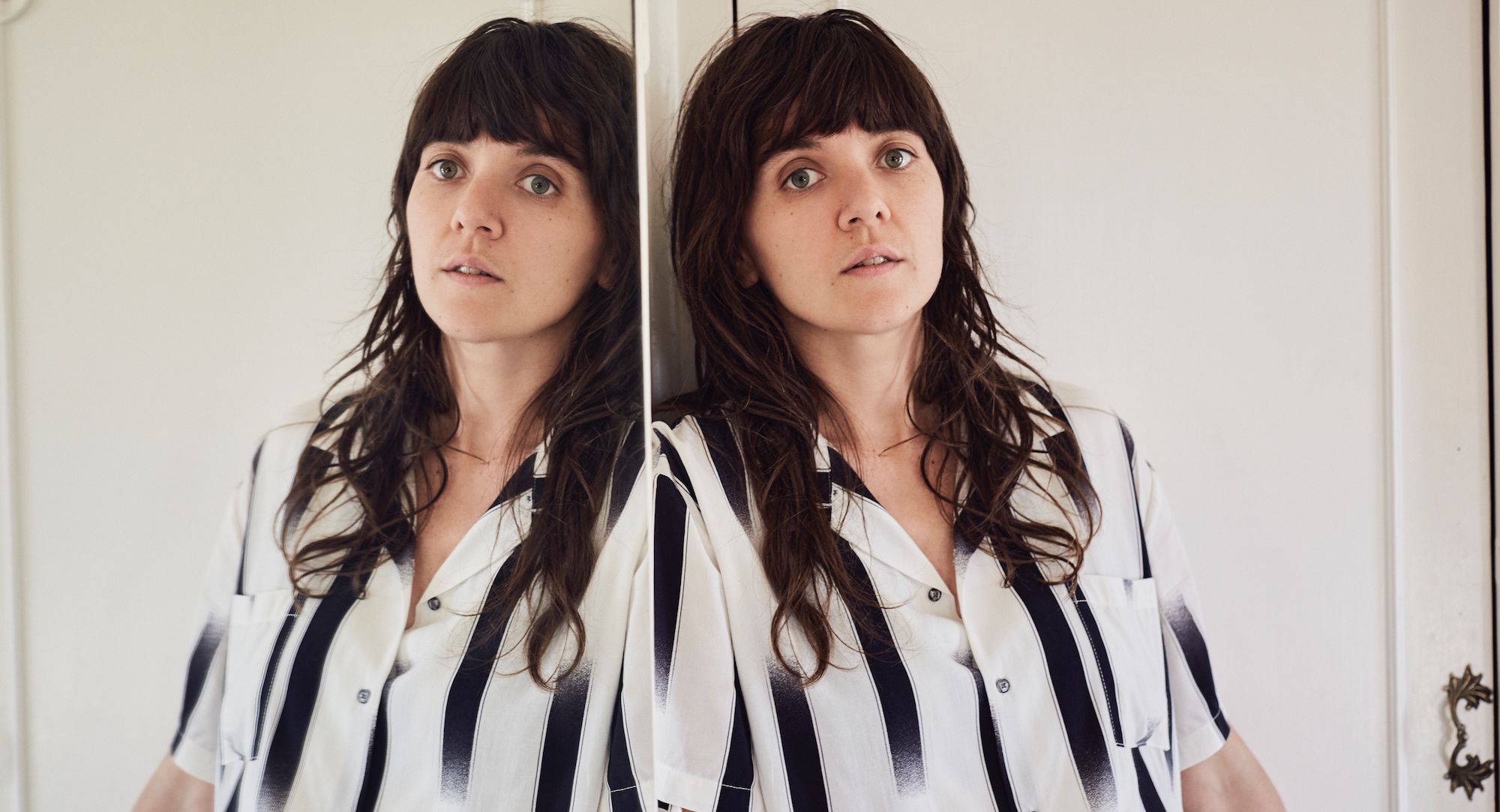
The Australian songwriter discusses covering new ground while remaining entirely singular on her third solo album.
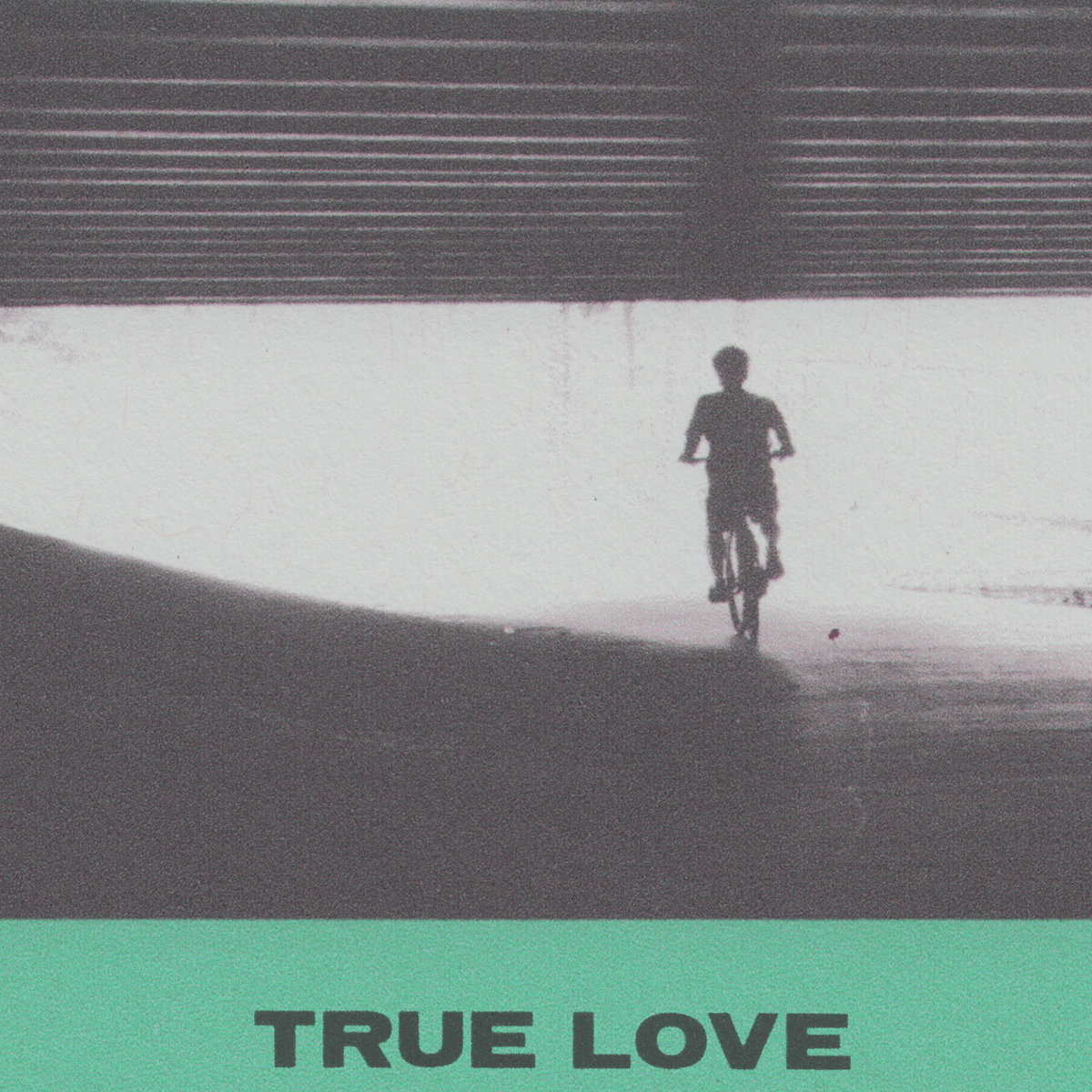
Their latest LP finds the duo peeling back the layers of their previous work until they arrive at the essential center.
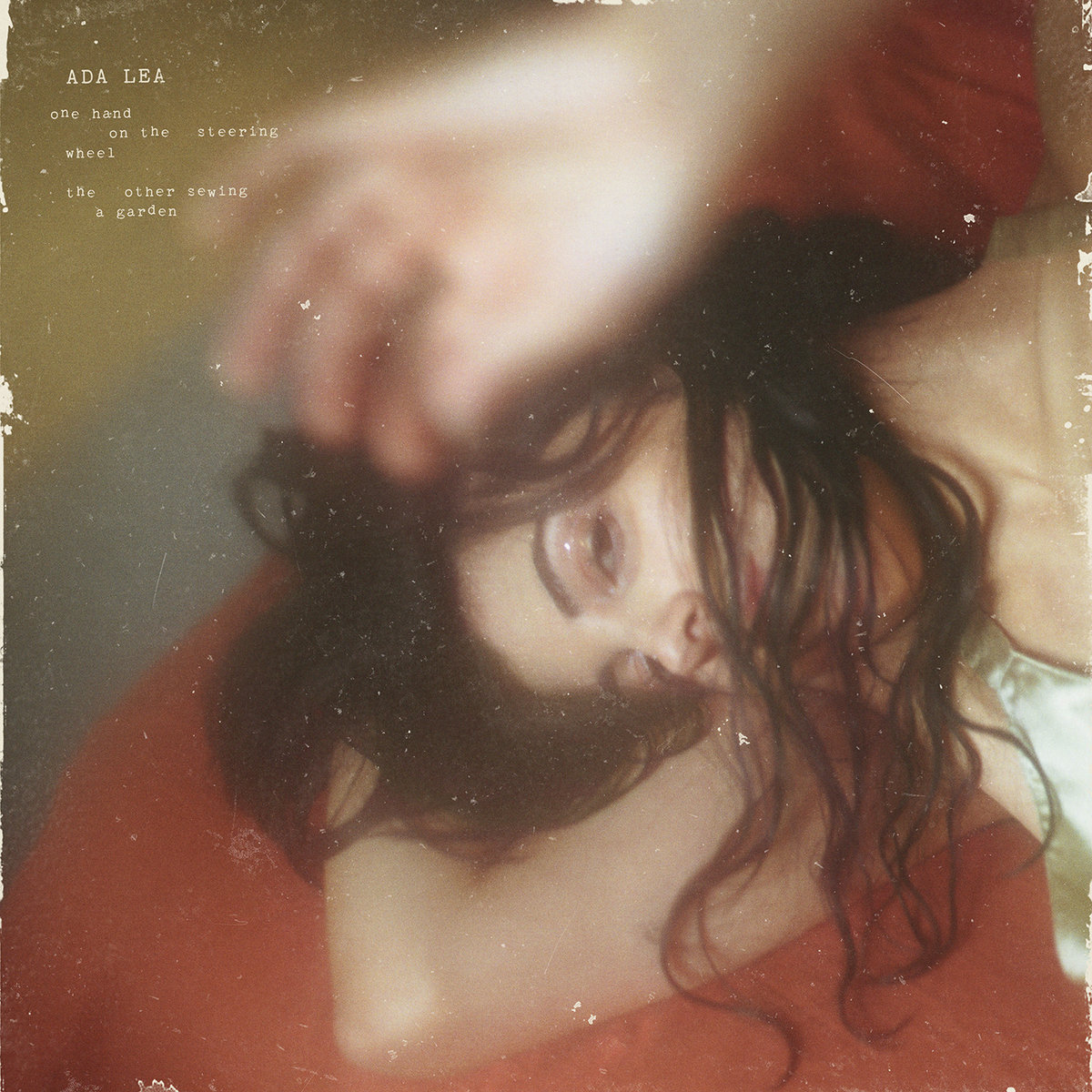
Lea gives each song its own sonic identity, taking what could become monotony and creating anything but.
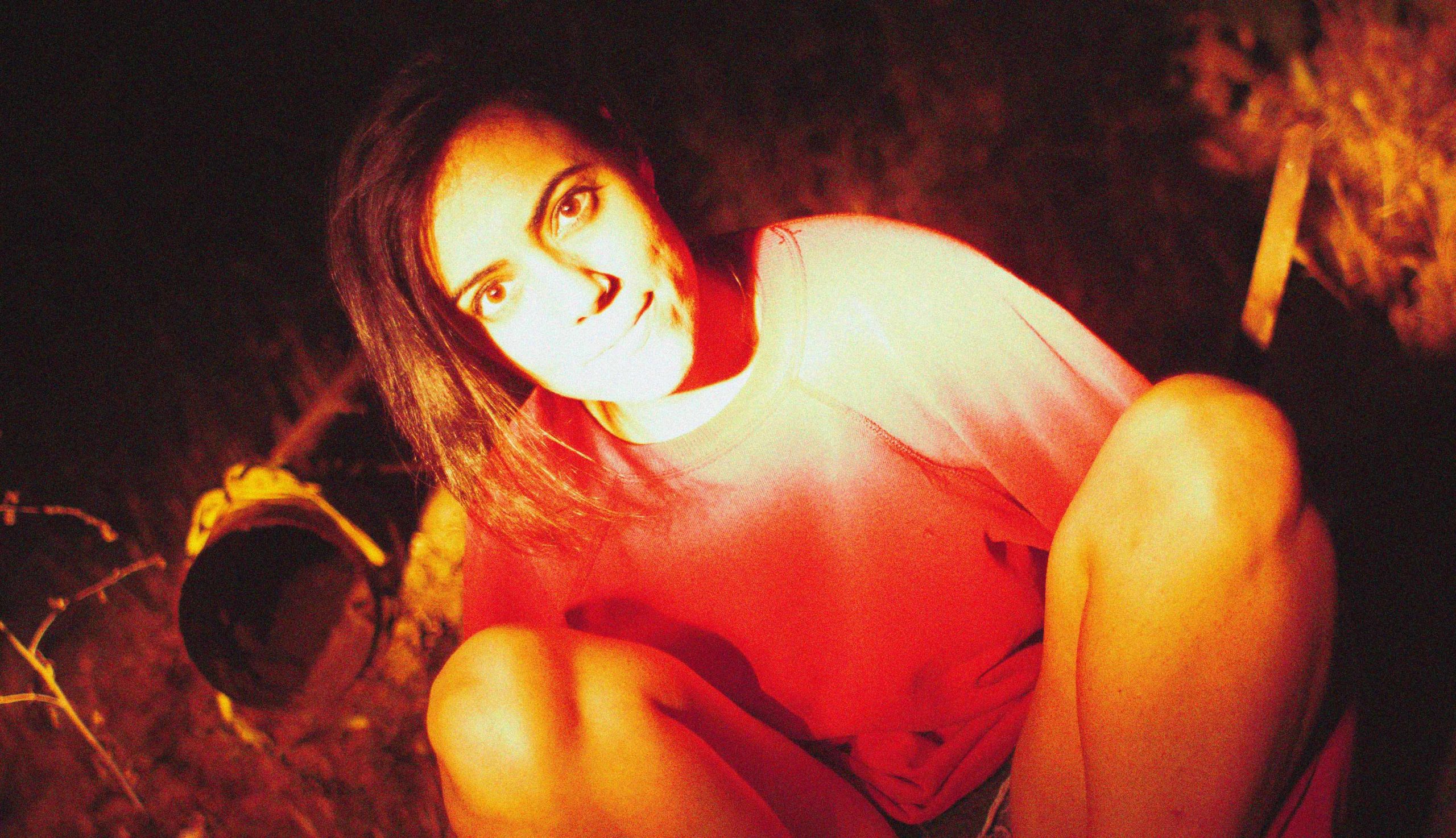
The LA-based songwriter discusses brevity, tenderpunk, and her new label home.
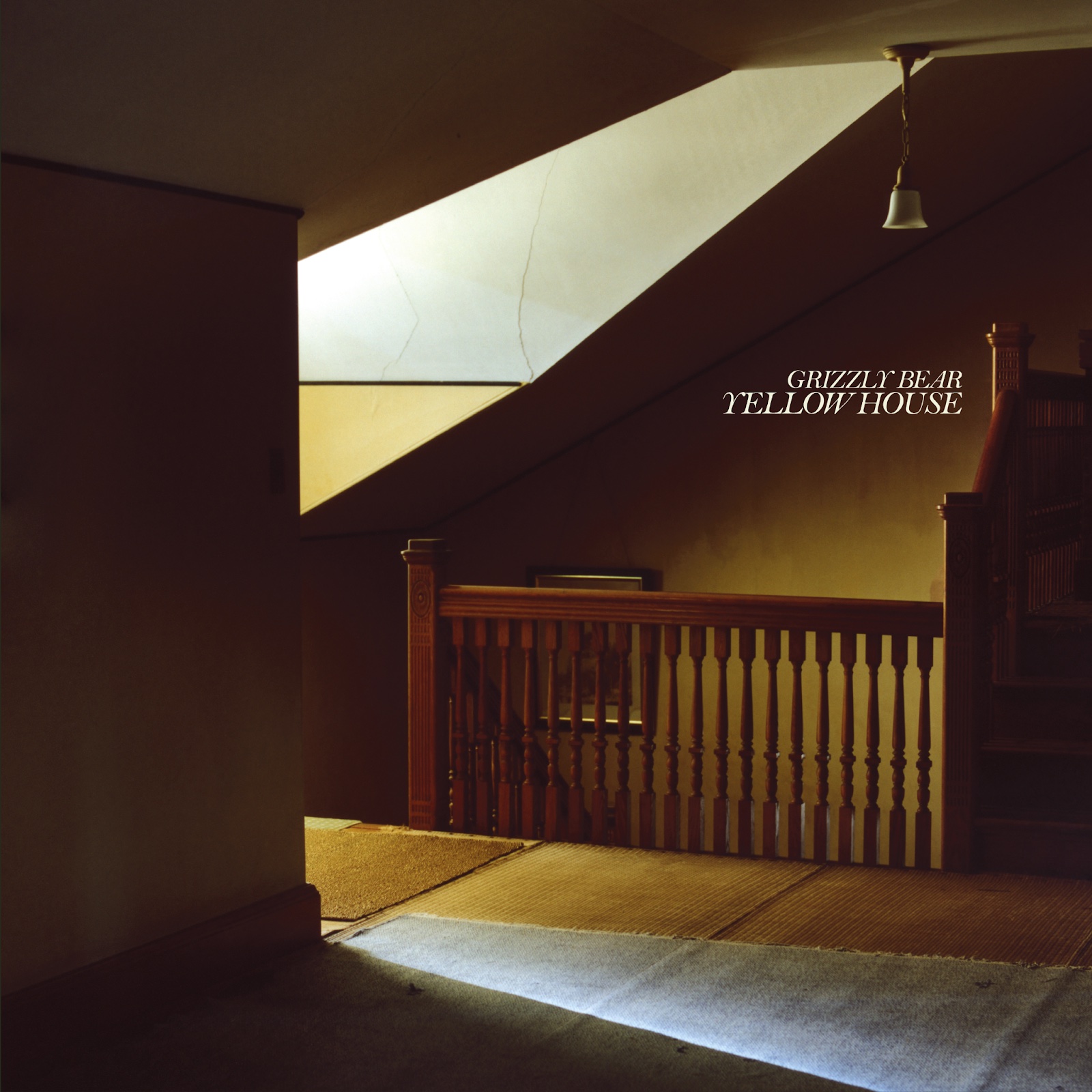
The 2006 LP gives us a snapshot of a band working through the kinks, establishing a framework for an impressive future catalogue.

The Swedish-Argentinean songwriter’s fourth album removes the veneer, contemplates the contradictions in our nature, and embraces all our messiest vestiges and claws.
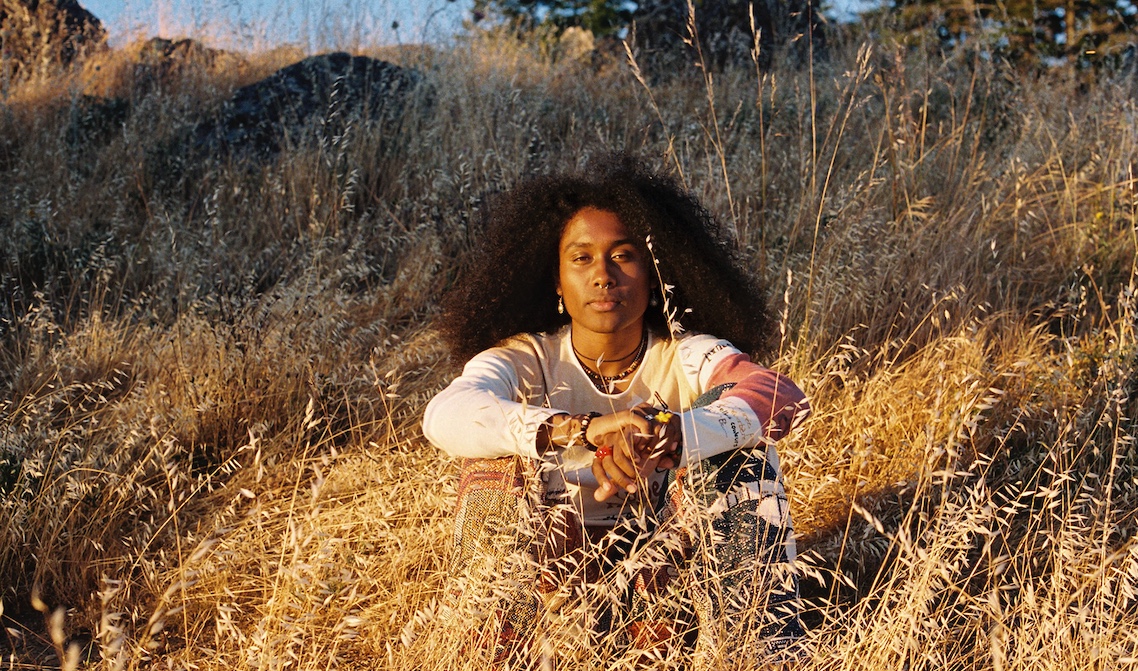
Aryeh discusses the overnight success of “Stella Brown,” how the track shaped his vision for the new album, and the ways in which he creates his own scene.
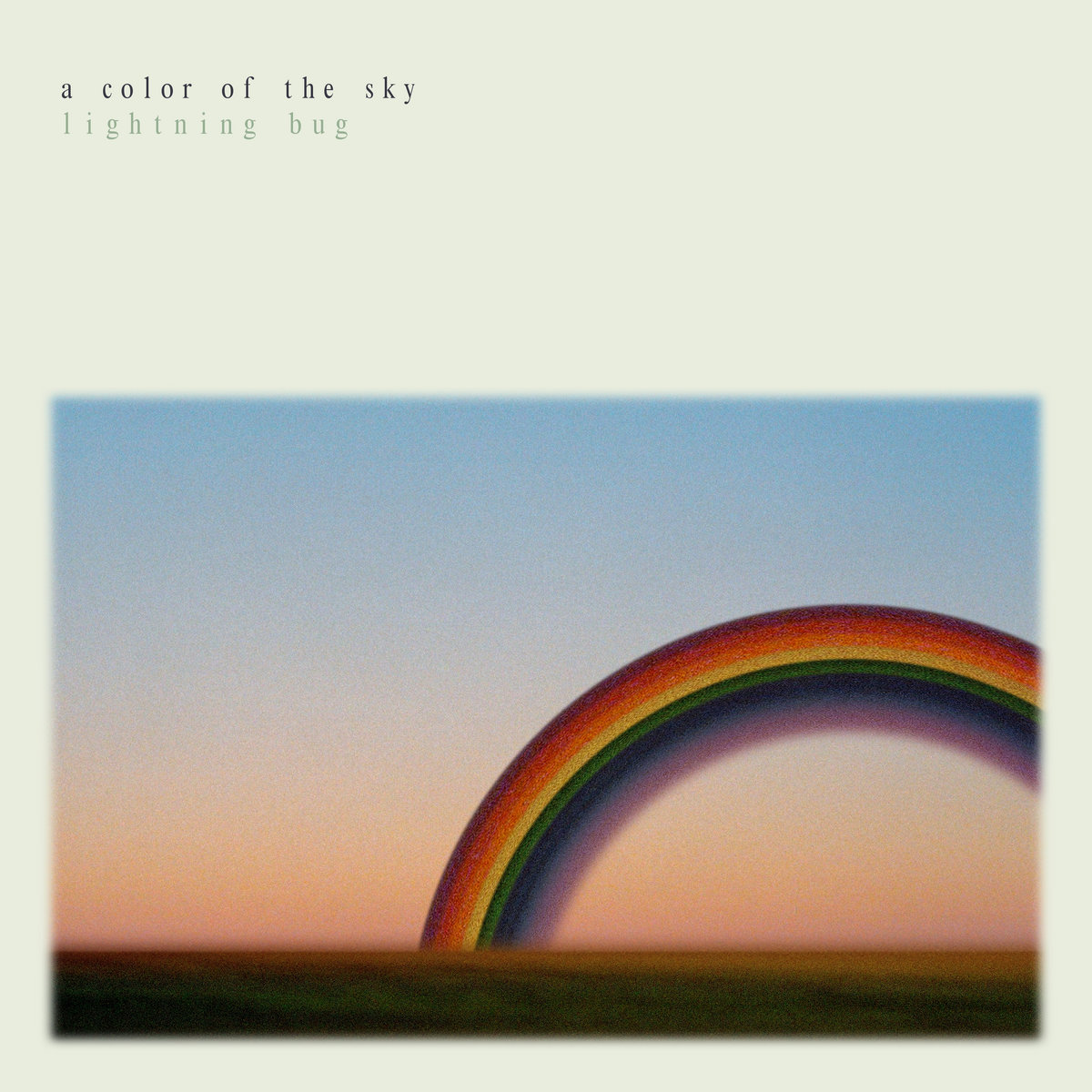
The dream pop group’s third album finds beauty in quiet and noise, the natural and the otherworldly, change and acceptance.
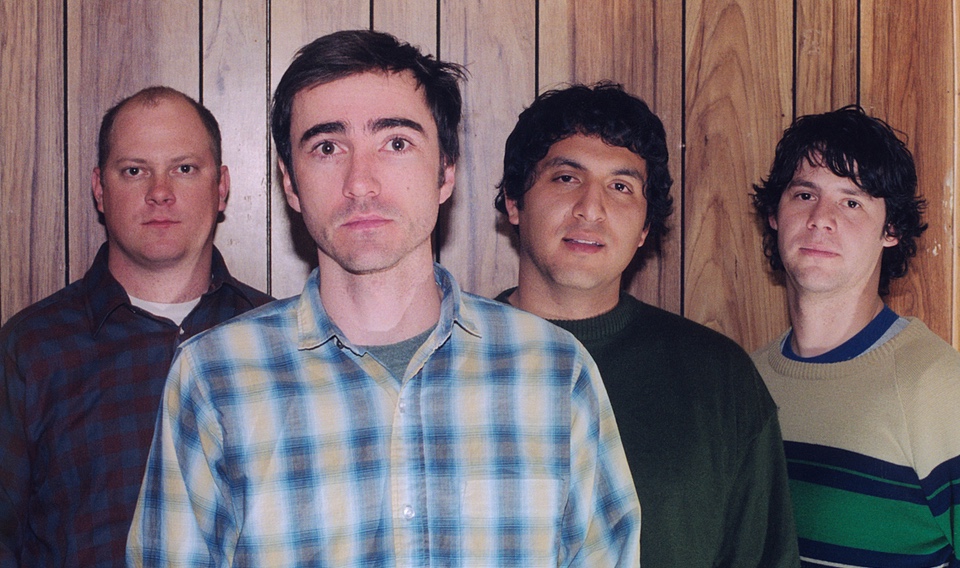
Revisiting one of the most unlikely hit records of the early 2000s.
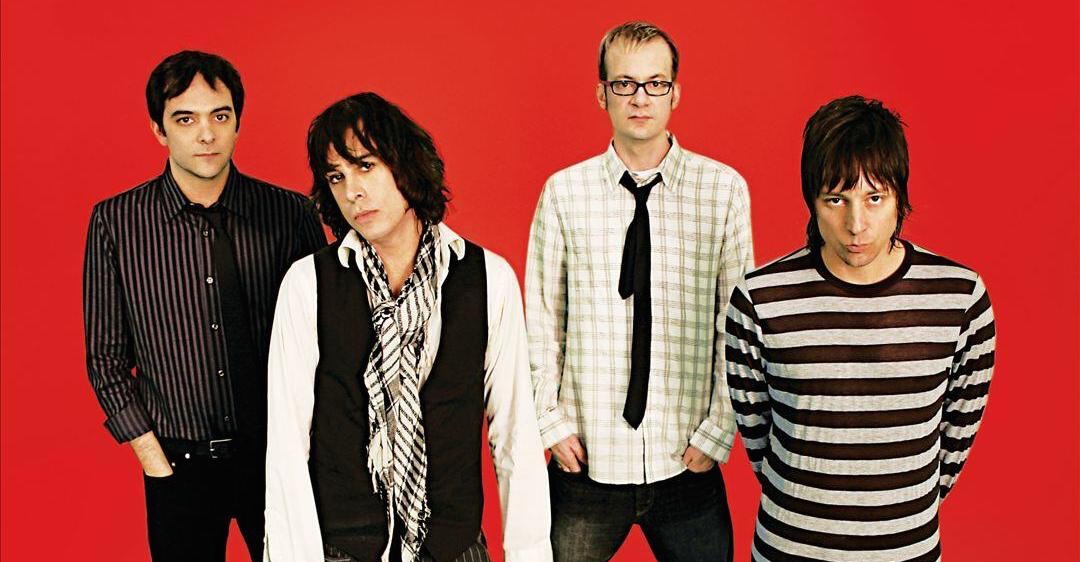
With 2003’s “Stacy’s Mom”–toting LP getting a Real Gone Music reissue, we revisit the power-pop group’s uncool and understated third release.
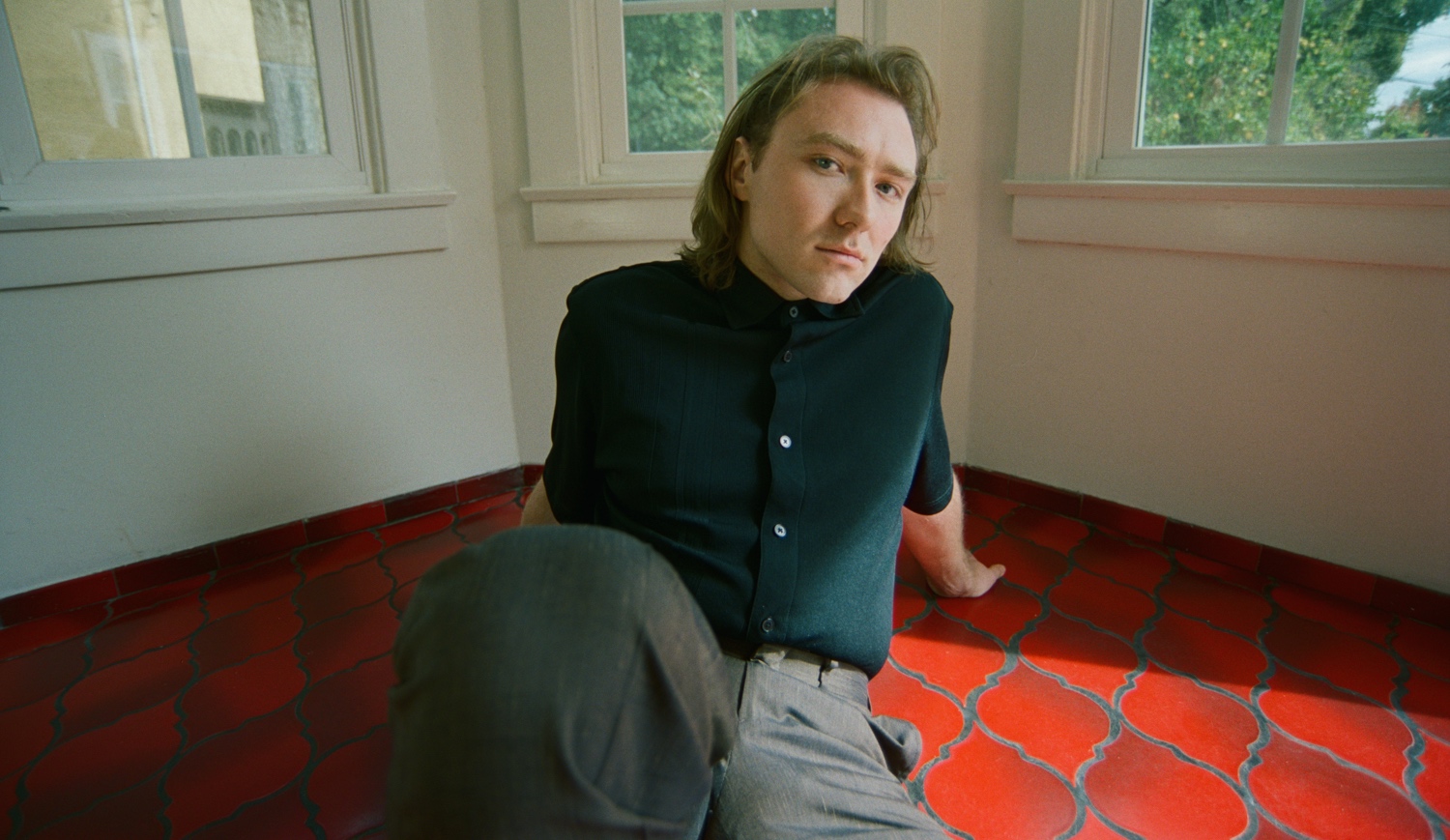
Rattigan discusses his most collaborative solo album yet, as well as the catharsis of defeating his own personal Pennywise the Clown.
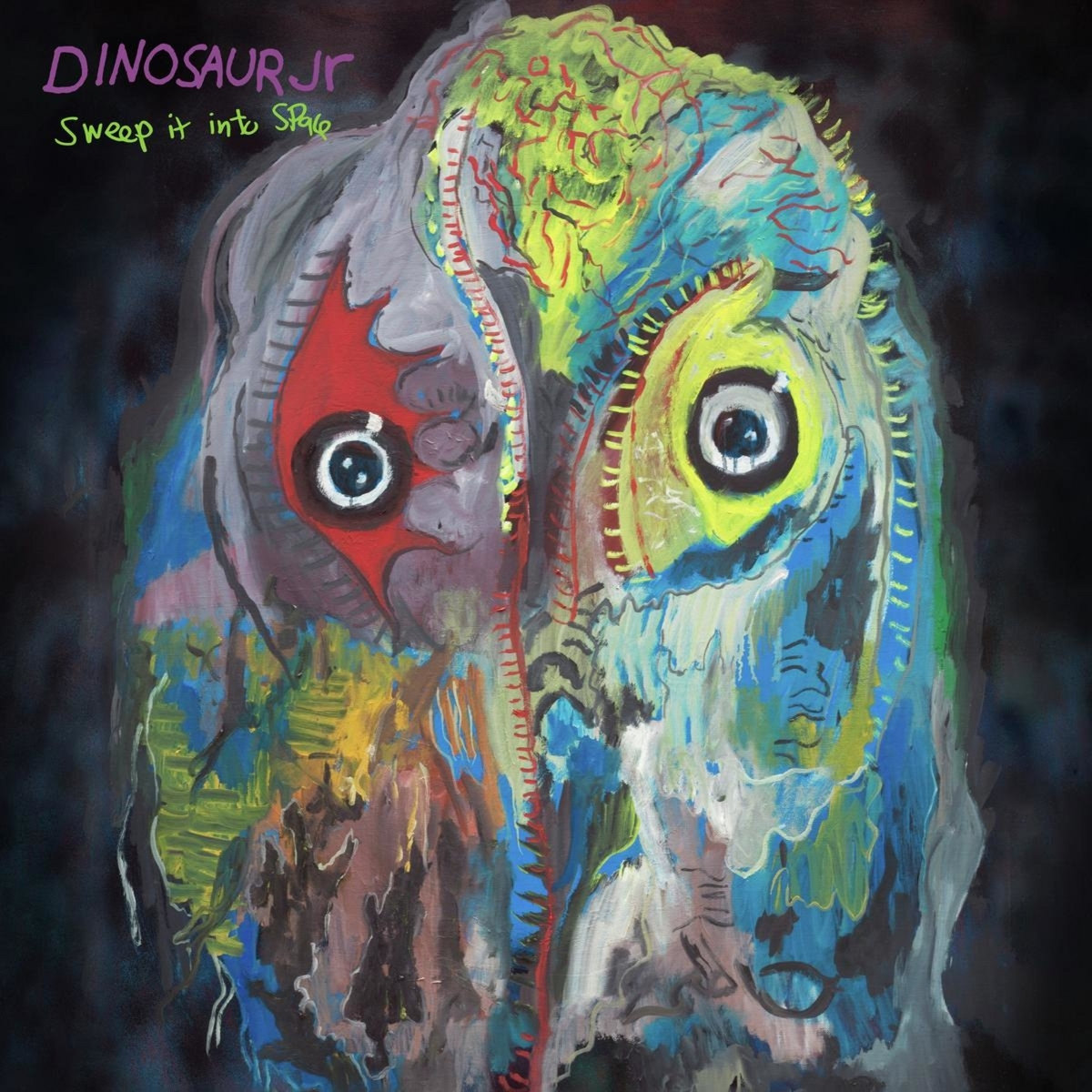
Their 12th record tries to reach a singular vision, but it’s hard not to hear the many voices attempting to roar as one.

“How Many Times” is pristine—you half expect the record to come with 3 fingers of bourbon and a cool summer breeze.
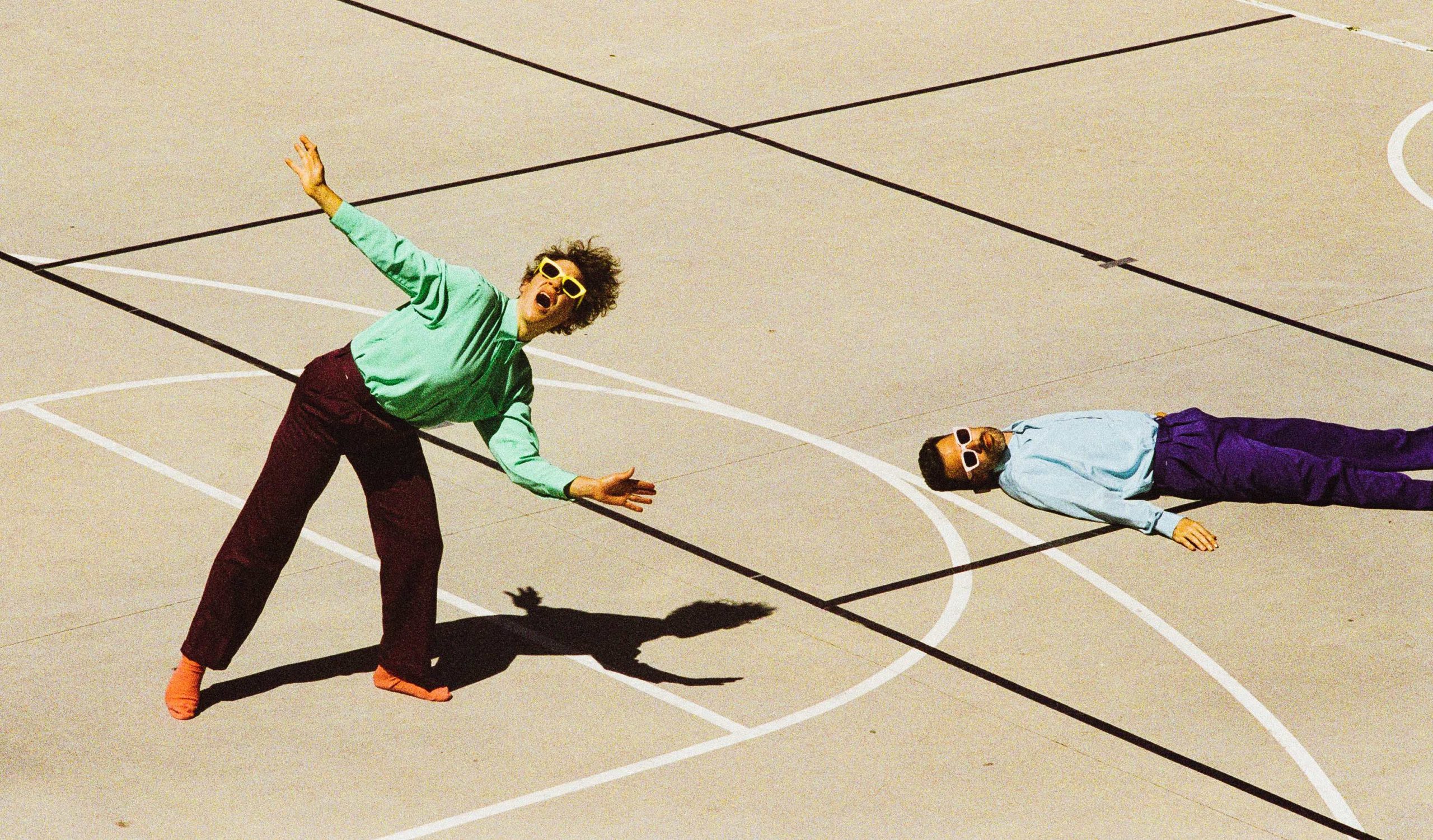
Merrill Garbus on the uncomfortable conversations and creative choices that characterize the band’s fifth album.
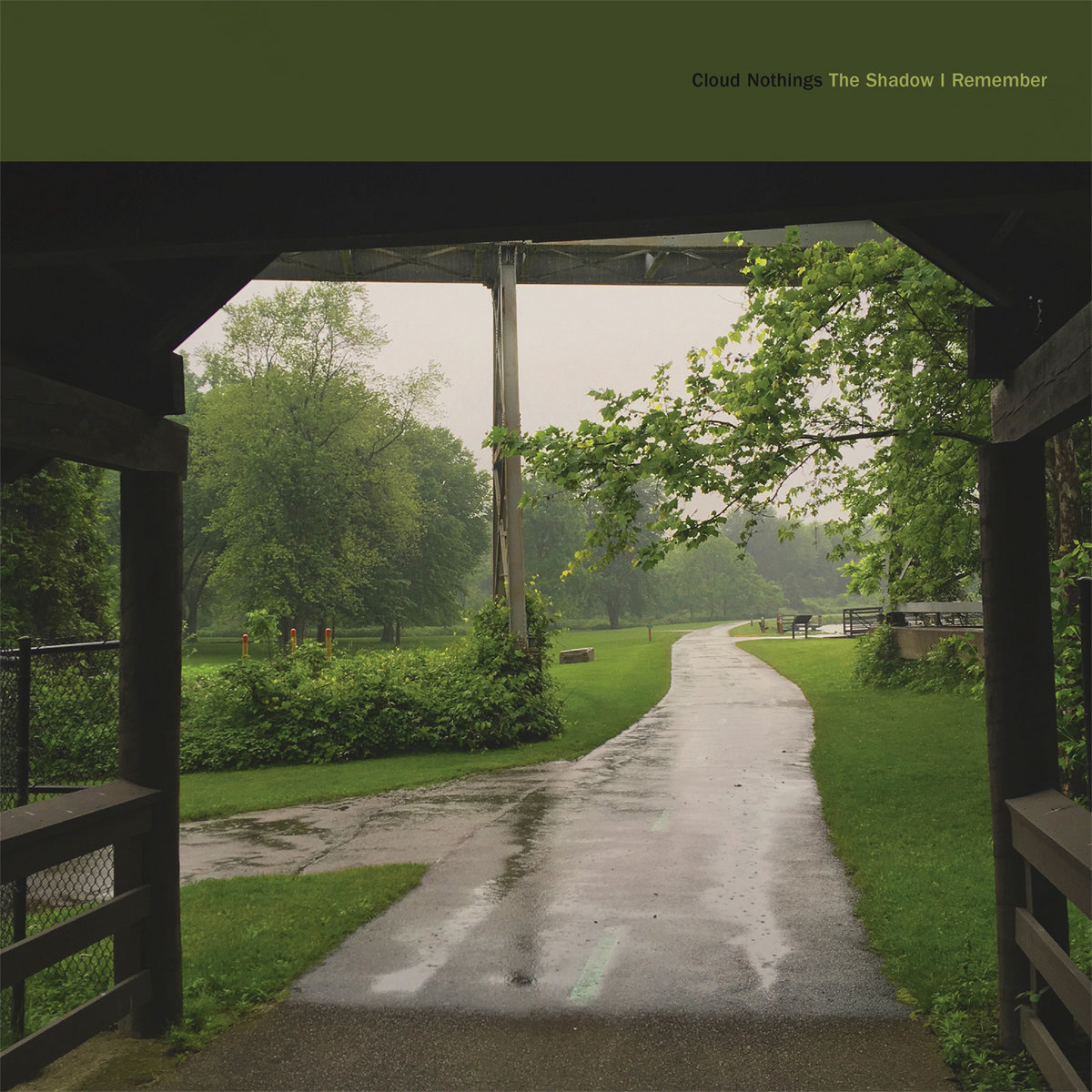
The band’s 7th LP is a wily repurposing of former selves while, at the same, whittling away what no longer fits.
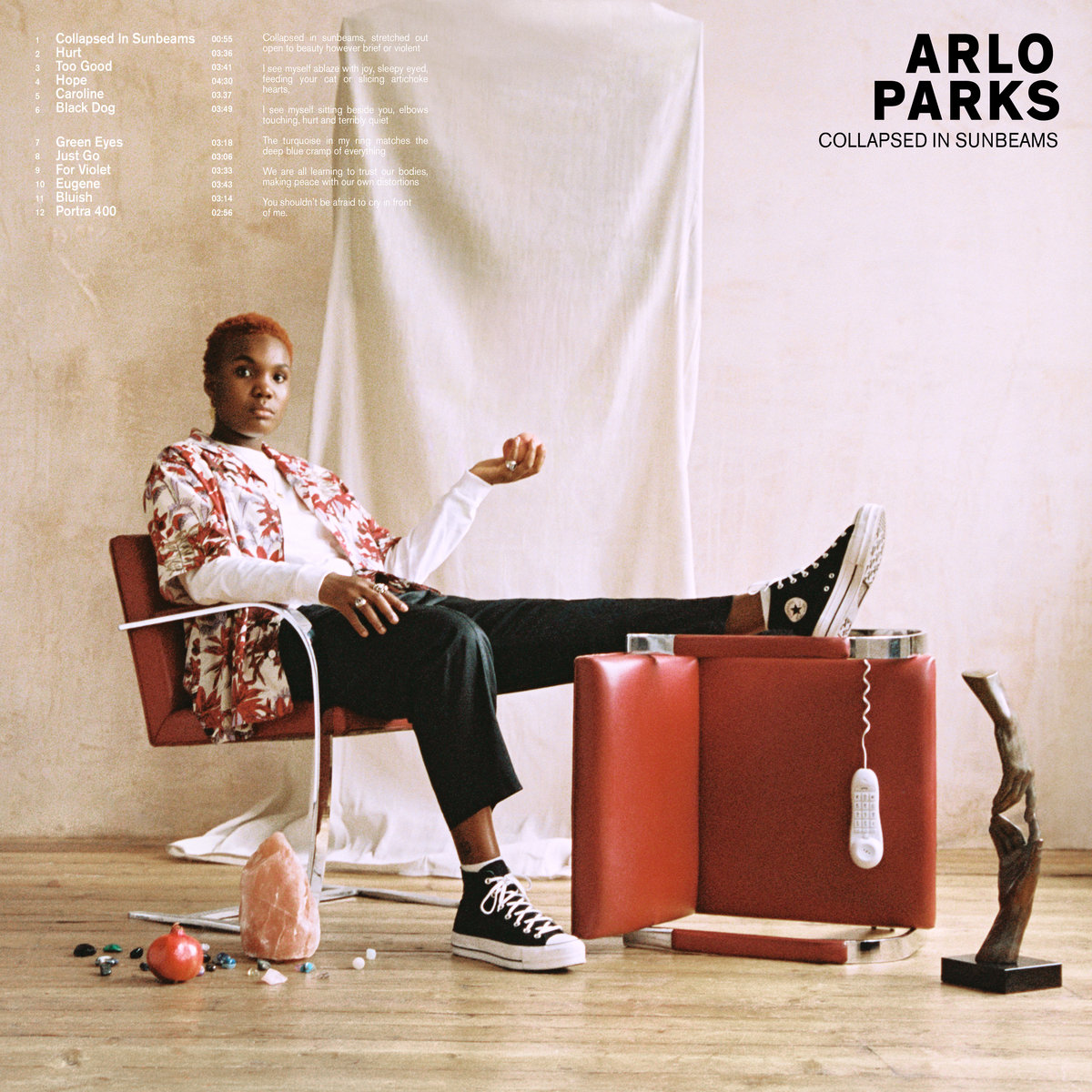
The London songwriter is able to achieve a collision of cool and gut-wrenching that is all her own.
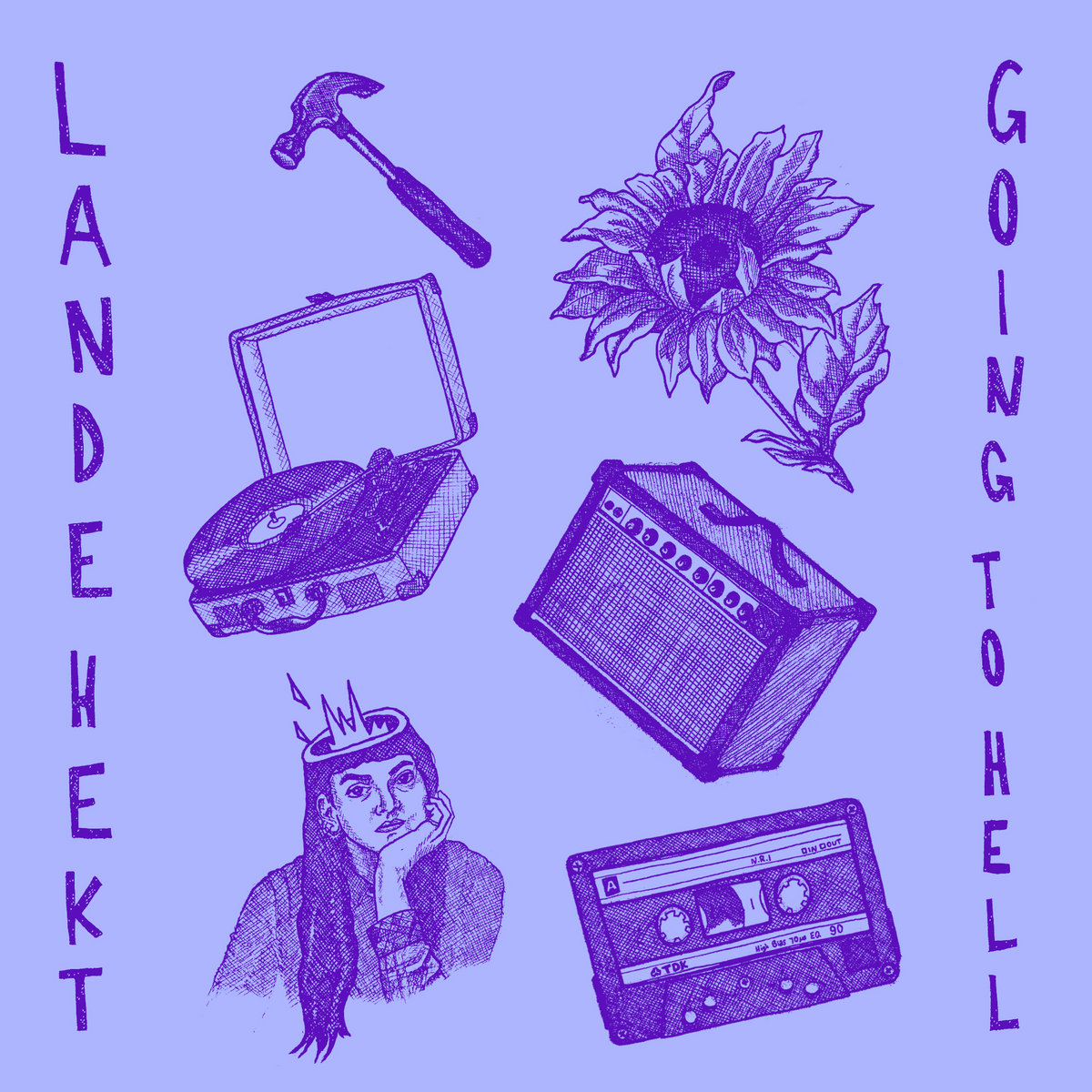
The Muncie Girls songwriter finds much more fertile ground in the internal on her solo debut.
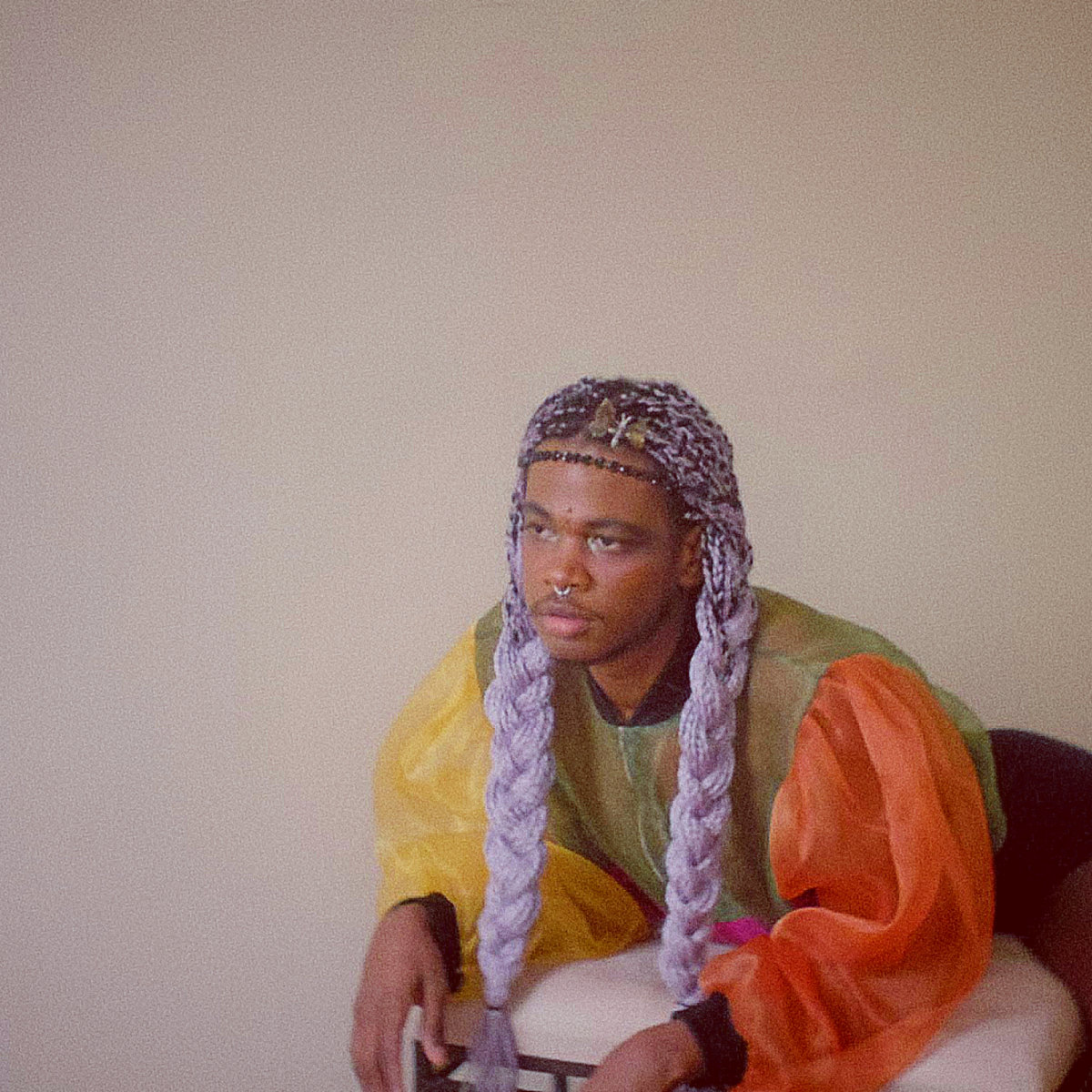
This self-titled LP is a record of hits, misses, and left-field bangers—but it’s Shamir’s and Shamir’s only.
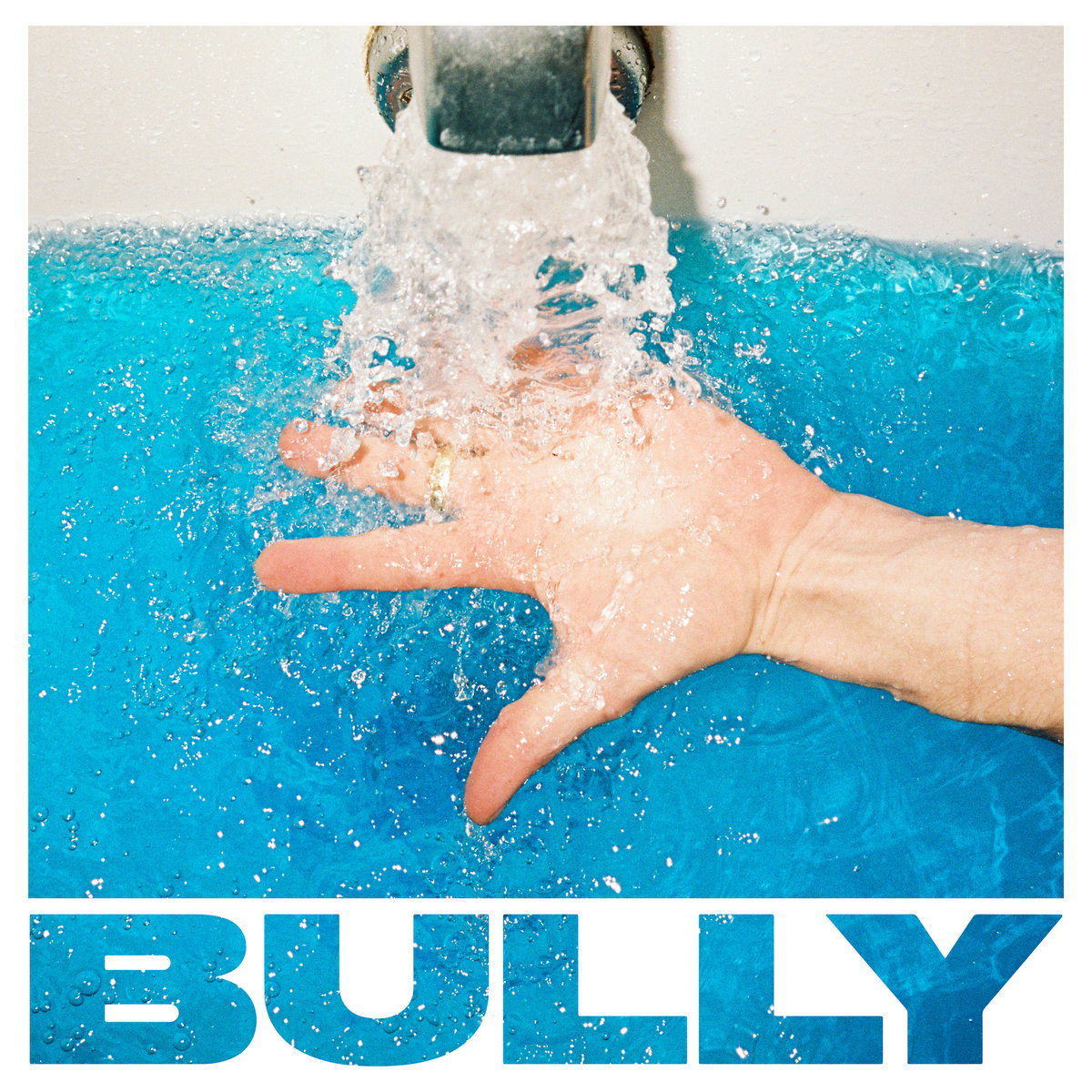
Alicia Bognanno’s third LP benefits from a newfound willingness to let go.

